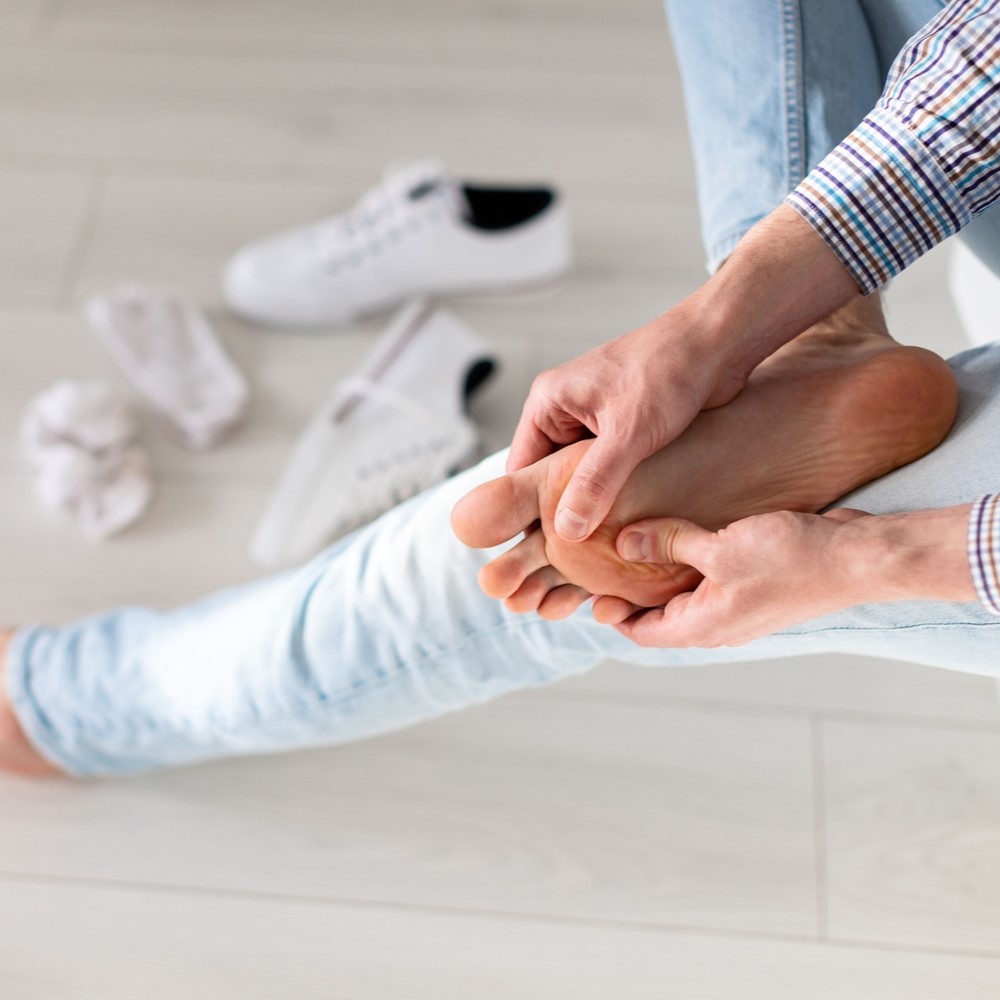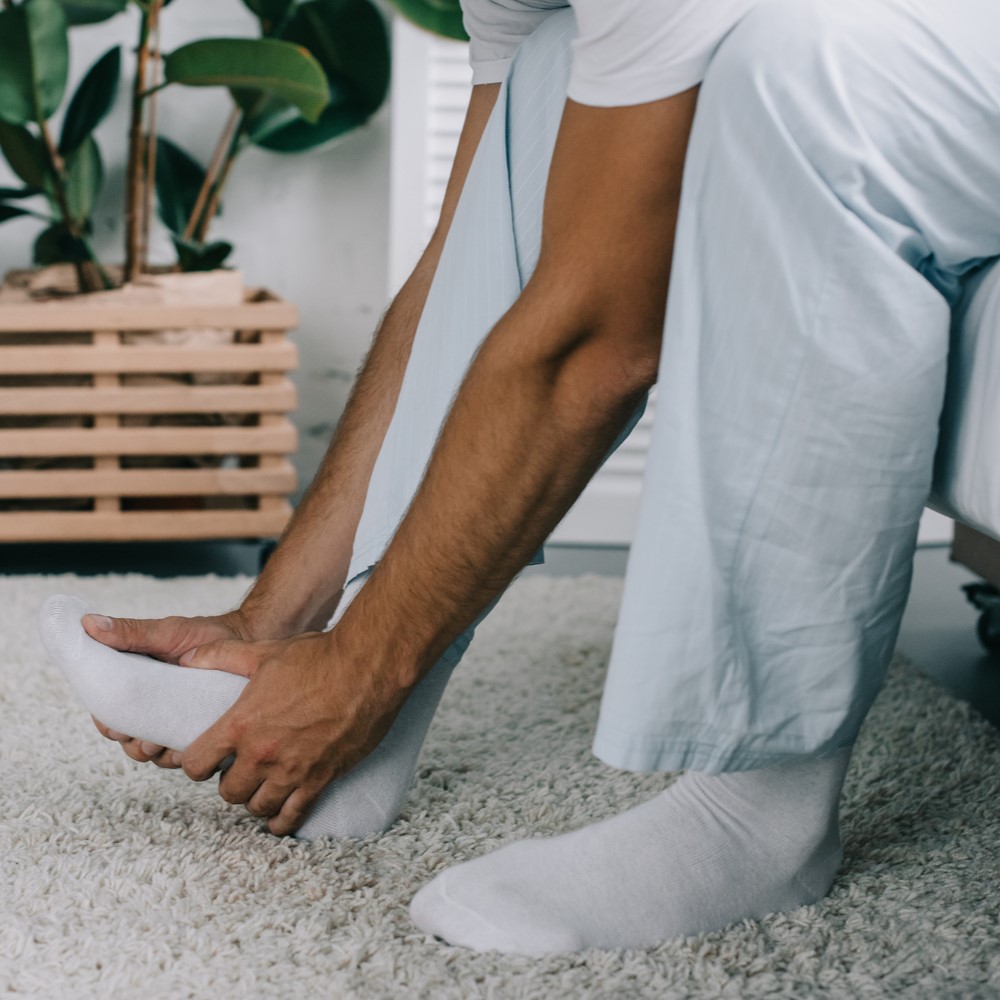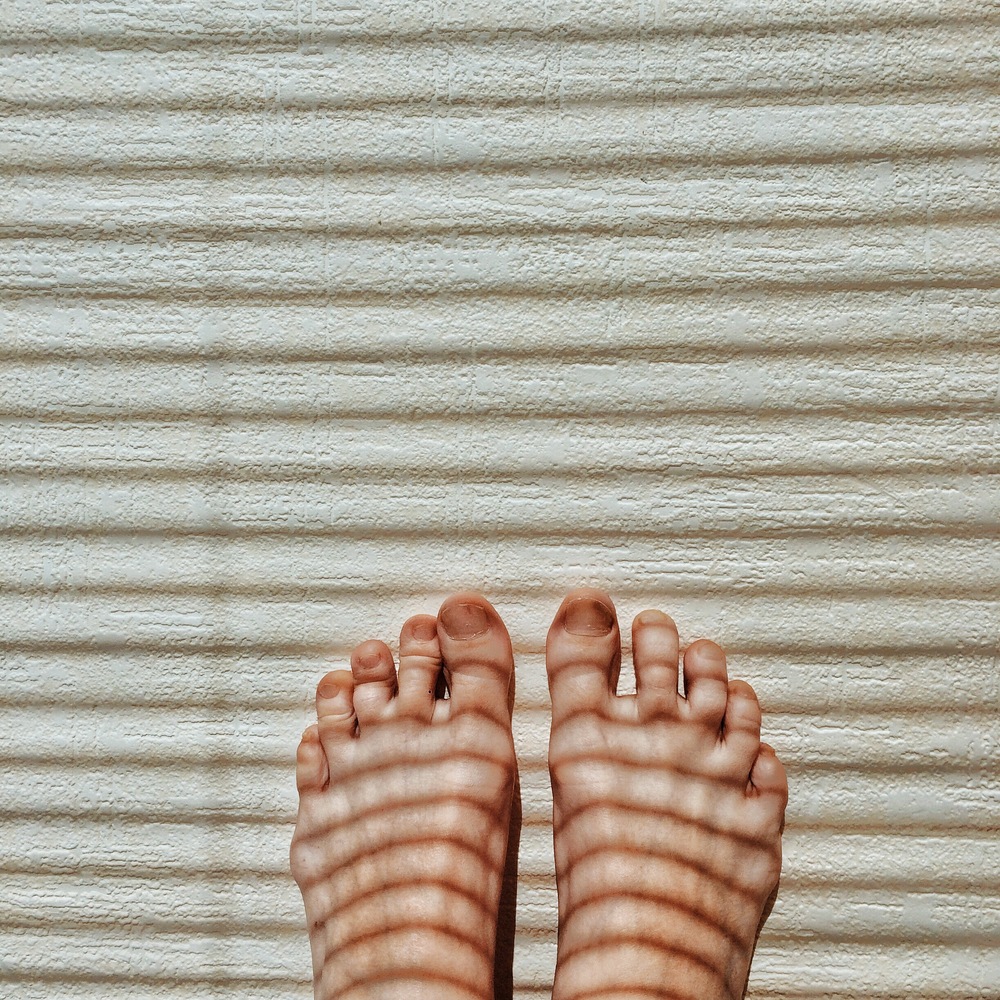Diabetes Foot Check: A Vital Step in Preventing Serious Complications
Diabetes, a chronic condition affecting millions worldwide, can lead to a variety of health complications, including serious foot problems. Regular diabetes foot checks are crucial for early detection and prevention of these issues. Why Are Diabetes Foot Checks Important? People with diabetes are more susceptible to foot problems due to nerve damage (neuropathy) and impaired blood flow. These conditions can lead to: What Happens During a Diabetes Foot Check? A diabetes foot check typically involves the following: How Frequently Should You Undergo a Diabetes Foot Check? The frequency of diabetes foot checks can vary depending on your individual risk factors and overall health. However, it’s generally recommended to have a check-up at least once a year. If you have a history of foot problems or other risk factors, you may need more frequent checks. Taking Care of Your Feet at Home In addition to regular diabetes foot checks, you can take steps to care for your feet at home: Explore more tips for diabetic foot care. By prioritizing regular diabetes foot checks and practicing good foot care, you can significantly reduce your risk of developing serious foot complications and maintain a healthy, active lifestyle. HSMC is dedicated to providing comprehensive diabetes foot care. Contact us today to schedule your diabetes foot check appointment.
Diabetes Foot Check: A Vital Step in Preventing Serious Complications Read More »












